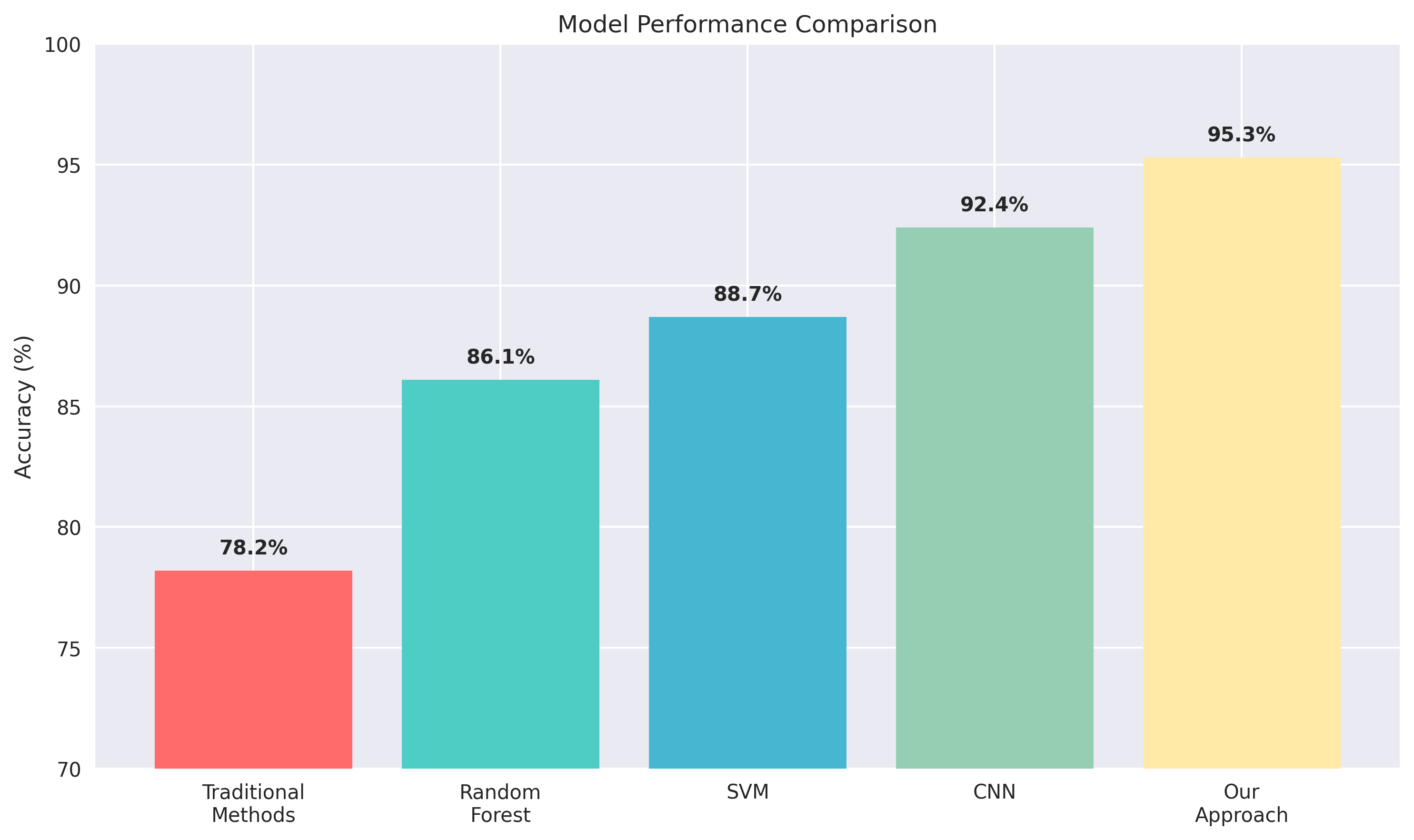Machine Learning Applications in agricultural biodiversity

Machine learning algorithms are revolutionizing agricultural biodiversity analysis by uncovering complex patterns in large-scale geospatial datasets that traditional methods cannot detect.
AI-Powered Geospatial Analysis
Deep learning architectures including Convolutional Neural Networks (CNNs) and Recurrent Neural Networks (RNNs) excel at processing spatial and temporal patterns in agricultural data.

Computer vision techniques automatically extract features from satellite imagery, aerial photography, and sensor data, reducing the need for manual interpretation and increasing analytical consistency.
Algorithm Performance
Modern ensemble methods combining Random Forest, Support Vector Machines, and gradient boosting achieve remarkable accuracy in biodiversity prediction and classification tasks.

Cross-validation techniques ensure robust model performance across different geographic regions and temporal periods.
Big Data Processing
Cloud computing platforms enable processing of petabyte-scale geospatial datasets through distributed computing frameworks like Apache Spark and TensorFlow.

Real-time analytics provide immediate insights for time-critical applications in agricultural monitoring and management.
Practical Applications
Organizations implement these ML approaches for:
- Automated feature detection in satellite imagery
- Predictive modeling for agricultural planning
- Anomaly detection in environmental monitoring
- Pattern recognition for scientific research

The integration of Internet of Things (IoT) sensors with machine learning creates comprehensive monitoring networks that provide unprecedented insights into agricultural biodiversity dynamics.
Edge computing brings AI capabilities directly to field sensors, enabling real-time decision-making without relying on cloud connectivity.